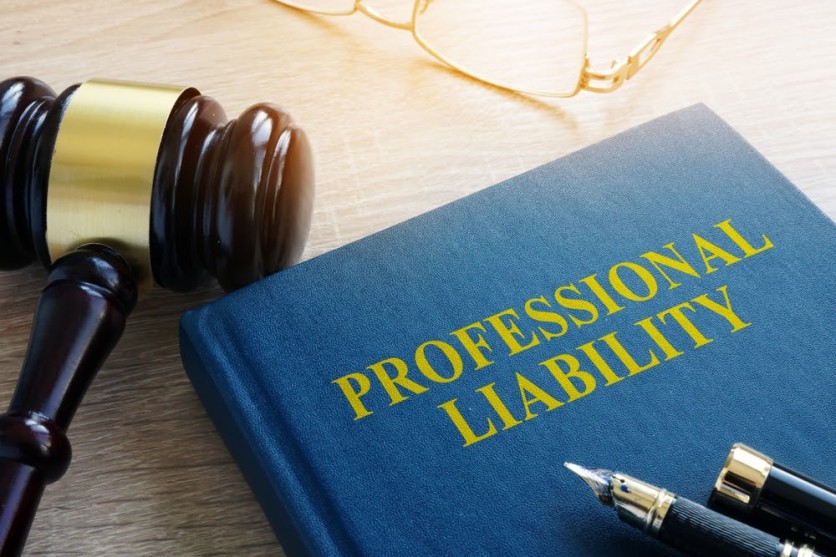
Often times referred to as "errors and omissions" insurance, professional liability policies are designed to protect businesses against legal claims which stem from negligent professional services. What does this mean for your business? Well, professional liability insurance applies to countless business types across numerous industries. If you're unsure of whether you need it or not, chances are that you probably do.
Whether you're a law firm, medical practice, or even an accounting service (or anything in between), professional liability insurance is 100% necessary to protect against negligence lawsuits (and related types of claims). How would your business handle the financial fallout from such a claim? Unless you have the funds to deal with a six figure lawsuit (that would realistically end up costing you so much more), having the proper insurance is vital to safeguarding of your business's success.
Errors and omissions insurance is relatively misunderstood by most business owners. Most think that this type of policy only applies to law firms, or that it's just a waste of working capital (which couldn't be further from the truth). Below we cover exactly what a professional liability policy will cover, and also how much that coverage will cost your business.
PLI Policy Coverage Types
As we've already mentioned, PLI (professional liability insurance) is also known as errors and omissions insurance. However, PLI also has a few other names (which depend on the industry of the policyholder). For example, in the medical industry PLI is often times referred to as "malpractice insurance." Errors and omissions is typically the term used in the real estate industry. No matter what it's called though, this type of policy is used to protect against legal claims made against a business (related to that business's service).
One of the most important aspects of a PLI policy is that it only provides coverage during the exact coverage period/term of the actual policy. What this means is that anything that occurs after the policy has lapsed (or likewise prior to the start of the policy) will not be covered. The only events that are covered are those that occur within the policy's specific term limit. Below are some common examples of what a professional liability insurance policy will protect against:
Clients who have a misunderstanding regarding the service you've provided.
Administration errors that have adversely affected one of your clients.
If your business has failed to disclose certain information to a client that proved detrimental to them.
If your business has missed an important deadline that was contractually obligated.
There are really countless types of negligence lawsuits that can be filed against a business. It doesn't matter what industry the business is in, how many years of experience they have, or how savvy they are.
Businesses will always be vulnerable to lawsuits (as long as the current legal system remains the norm). This is why it's absolutely essential for you to have the proper liability policy for your company. If you want to learn more about PLI, go to this page for a more in-depth look at policy types, coverages, and more.
PLI Policy Costs
You probably understand at this point that your business needs a professional liability insurance policy. Now the question comes to how much this is going to end up costing your company. PLI policies are actually relatively inexpensive for the level of protection that they provide.
Most policies in the US hover around $800 to $900 per year. This includes a standard amount of coverage (usually anywhere from $750,000 to over $1,000,000). However, the actual price that you will end up paying for your business's PLI policy completely depends on what type of company it is. If your in an industry that's adversely risk-prone, you might end up paying more than one that's in a less risky industry.
Another important aspect to consider when it comes to pricing is exactly how much coverage you want to have. Generally speaking, the higher level of coverage, the higher the cost of the policy. If you require coverage over $1,000,000 then you can expect to pay a higher than average premium. Larger coverage amounts also typically require deductibles that range from a high of around 10 percent, to a low of zero percent (which again, depends entirely on the specifics of your business's operation).
Remember that every business is different (and has different insurance needs). It's recommended to speak with an insurance professional before choosing any one policy. Often times you can get a greater deal on a group of business policies (under one "umbrella policy"), than you would if you purchased each policy individually.
ⓒ 2025 TECHTIMES.com All rights reserved. Do not reproduce without permission.




